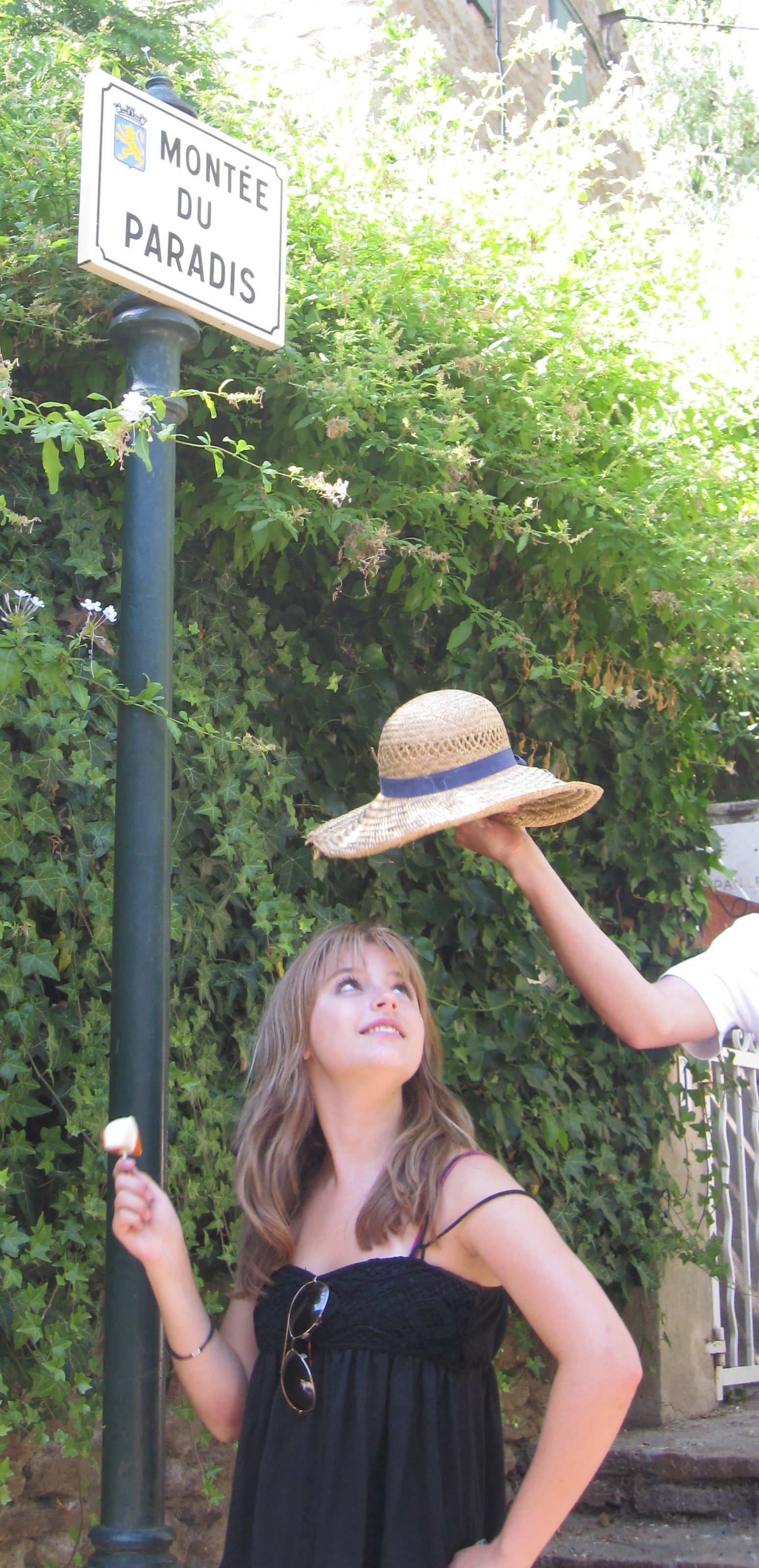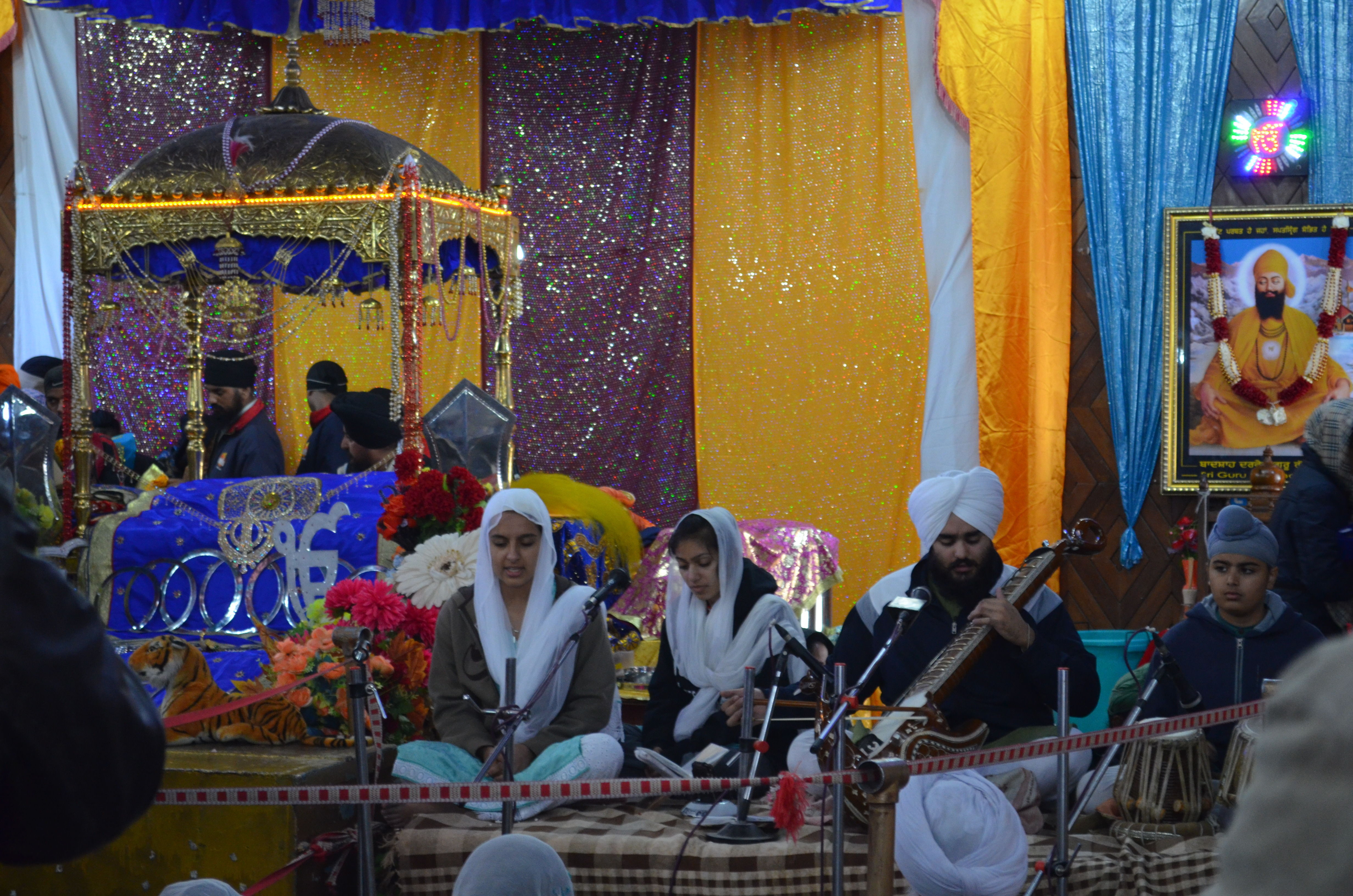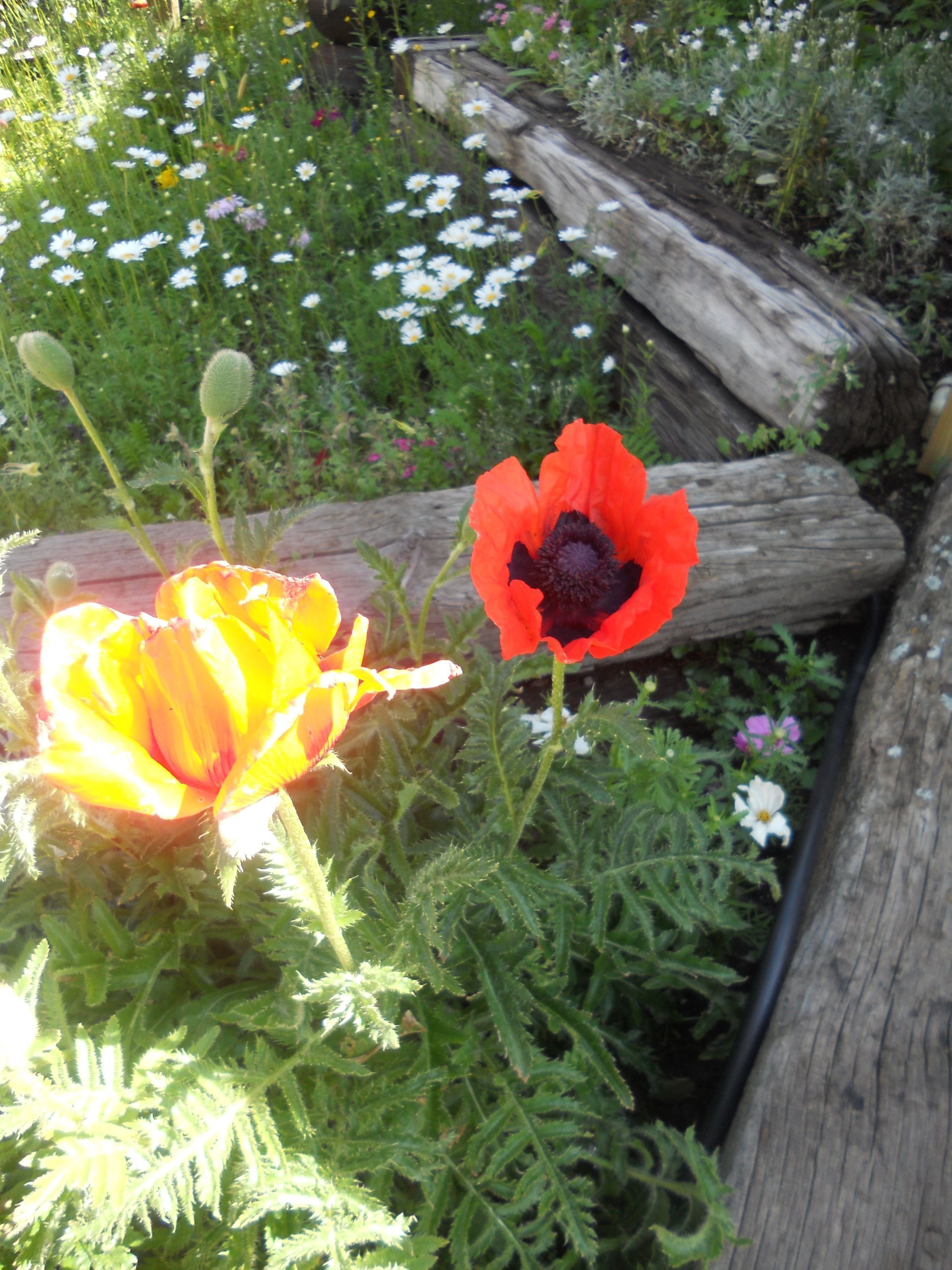Hemkunt Sahib is a Sikh temple in the Himalayas, surrounded by seven snowy mountain peaks. This is said to be the place where the tenth Sikh “guru”, Gobind Singh Ji found God. Many people climb the mountain to visit the temple, not as a pilgrimage, but because of its importance in Sikh history. This summer, my family and I, in a group of sixty people, travelled to India to visit Hemkunt Sahib.
Most of the people we travelled with are involved with the Sikh religious school I attend. Our group ranged from a four year old girl who became our entertainment on the bus, to my friend’s seventy year old grandmother. At the school, we learn to sing hymns and play traditional Indian instruments. I have been playing the sarangi, an ancient instrument, for seven years. My sarangi travelled with me all the way from Virginia to Uttarkhand, the state in which Hemkunt Sahib is located. Our ultimate goal was to sing hymns at the temple, with these instruments, to renew awareness about them within India.
We reached Govindghat, the starting point of the ascent of fifteen thousand feet, late on July 7th. This portion of the journey is usually begun before eleven in the morning. However, we were behind schedule due to the three landslides we had encountered on the way. Before we began, everyone’s backpacks had to be put on ponies, and our instruments were carried up by men who we hired.
The entire group had been on the bus together for four days, everyone was tired, and then it started to rain. This added to the confusion, and when we finally began walking, no one was in a good mood. In the rush, we had not eaten lunch, although we began the hike at four o’clock in the afternoon.
Right from the beginning, people separated into groups. I was with my twelve year old sister and some friends throughout the entire walk. Initially, we were walking with adults who had been to Hemkunt Sahib before. They carried glucose powder, which we poured into our water bottles, and glucose biscuits. Along the way, there were many small stores which sold walking sticks, water, and food. We all purchased walking sticks, and although I expected mine to be a hindrance, it turned out to be very helpful. By eight o’clock, it began to get dark, and we were trying to move more quickly.
At nine, the sun disappeared completely. The ponies carrying our backpacks had gone ahead, so we only had two flashlights. We had not seen anyone else for hours. As it got later, everyone began stumbling because of hunger and exhaustion. Ponies pushed past us, forcing us toward the edge of the cliff. My sister was so tired she almost needed to be dragged the last two kilometers to the camp.
Everyone arrived at the camp, Govinddham, by eleven o’clock. We were tired and starving, and many people got sick due to the elevation. We ate, and fell asleep immediately. The next morning, most of the group rode ponies to the temple because of the steep, slippery path. The fog was so dense we could hardly see the seven mountains around us when we arrived. We sang four hymns with our instruments. After we finished, we had to leave quickly because of bad weather and low oxygen levels.
This was a very different experience for me. I saw elderly people being carried on beds by four people just so they could reach their ultimate goal. While it was a difficult hike, I was very lucky to be able to visit Hemkunt Sahib, and sing there with my sarangi.
Dear Reader: This page may contain affiliate links which may earn a commission if you click through and make a purchase. Our independent journalism is not influenced by any advertiser or commercial initiative unless it is clearly marked as sponsored content. As travel products change, please be sure to reconfirm all details and stay up to date with current events to ensure a safe and successful trip.



